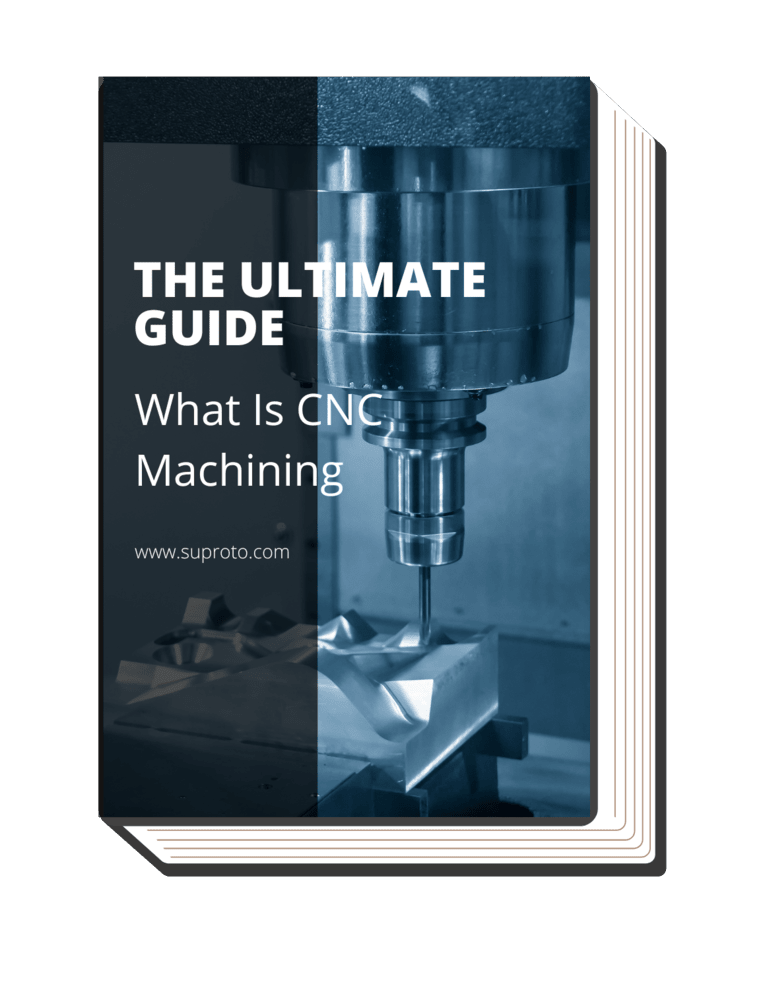Meet George Yang, a trailblazer in the world of CNC machining and the driving force behind Suproto. With a background in mechanical engineering and a passion for precision, George embarked on a journey to redefine the manufacturing landscape. His vision was simple yet ambitious: to elevate CNC machining to an art form, delivering unparalleled precision and craftsmanship.
Drawing from his experience as a mechanical engineer and his fascination with computer-controlled machining, George founded Suproto. Under his guidance, Suproto has become a beacon of innovation and reliability in the CNC machining industry. George\’s commitment to excellence and attention to detail have earned Suproto the trust of industries ranging from aerospace to automotive.
George Yang\’s expertise has caught the attention of industry experts and enthusiasts alike. His insights on CNC machining techniques and advancements have been featured in renowned manufacturing journals, technology expos, and engineering symposiums. As an advocate for precision engineering, George continues to shape the future of manufacturing with Suproto, pushing the boundaries of what\’s possible in the world of CNC machining.
Mold is an important processing technology equipment in the manufacturing industry. The mold industry is an important foundation for the development of various sectors of the national economy and the foundation of a country’s industrial development. The value of the final product produced by the mold is generally dozens to hundreds of times the value of the mold itself.
In all walks of life, especially in aviation, aerospace machinery, automobiles, electronics, electrical appliances, instruments, household appliances and other products, most parts depend on mold forming. The technical level of mold design and manufacturing determines the final quality and economic benefits of products also show the company’s new product research and development capabilities and market competitiveness.
The basic requirements of mold manufacturing are high manufacturing precision, long service life, short manufacturing cycle and low mold cost. Mold manufacturing is characterized by high manufacturing quality requirements, complex shapes, high material hardness, and usually single-piece production.
At present, there are various processes and new processes combined by these processes to manufacture molds. The development of these processes is determined by the complexity of the mold itself and the mechanical properties of the processed material. In order to improve production automation, accelerate mold manufacturing speed and improve mold manufacturing quality, some new processes and equipment have emerged.
Numerical control technology, accompanied by numerical control machine tools, has revolutionized mold manufacturing. This technology has become an essential enabler for the industry, facilitating automation, flexibility, and integrated production processes. All these aspects of manufacturing are deeply rooted in the application of numerical control technology.
Moreover, this technology serves as an invaluable tool in improving product quality and labor productivity. As such, Computer Numerical Control (CNC) machining holds a critical and irreplaceable role in the field of mold manufacturing. Its importance is further emphasized as it is at the core of development within the industry.
This significant influence of numerical control technology can be demonstrated in the following three areas:
According to data research on processing technology in related industries, laser cutting is the most important cutting technology in the laser processing industry, and its proportion can reach 70%, which shows that its application is extensive and important. Laser cutting technology is an important part of laser processing technology, and it is also one of the more advanced cutting technologies recognized in the world.
With the continuous development of social production and the continuous improvement of industrial processing technology, laser cutting technology is also developing and progressing rapidly.
In recent years, 3C products such as notebook computers, mobile phones and personal digital assistants have been updated very quickly. The design concept of products is developing in the direction of “light, thin, short and small”, and people’s demand for these products is also growing rapidly. As a result, thin-wall injection molding technology has developed rapidly.
Thin-wall injection molding technology has attracted people’s attention, and developed countries led by the United States, Germany and Japan have invested heavily in the development and research of this technology. It has become a new research hotspot in the plastic molding industry, and it is a future technology with far-reaching significance and important functions.
In recent years, the 3D printing industry has developed rapidly and has been gradually applied to industries such as aerospace, automobiles, industrial design, military industry, and medical treatment. From the advent of the first commercial 3D printer in 1986, to the 3D printed biodegradable artificial tracheal implant reported in the New England Journal of Medicine in 2013, indicating that 3D printing technology has gradually played an important role in clinical medicine.
Ever found being bewildered by the complex world of gears? As an expert in CNC machinery, I’ve frequently encountered business owners wrestling with this very issue. The plethora of gear types, each with its own specific function, characteristics, and application, often leads to confusion.
But fear not, this comprehensive guide promises to shed light on this intricate terrain. From basic to complex, we will traverse ten different types of gears, highlighting their unique attributes and applications.
So, buckle up, and let’s delve into the fascinating world of gears, enhancing understanding and helping your business make informed decisions!
Have thoughts ever crossed your mind about what allows certain industrial components to maintain exceptional durability and low friction resistance? The enigma unwraps around a thin, high-performance surface treatment method known as Diamond-Like Carbon (DLC) Coating.
This comprehensive guide will illuminate the unparalleled properties of DLC coating, its numerous benefits, the diverse application techniques it entails, and the wide range of industries it caters to.
Read on and discover the fascinating world of DLC coating and its transformative impact on various industrial applications.
 |
What Is CNC Machining?
|